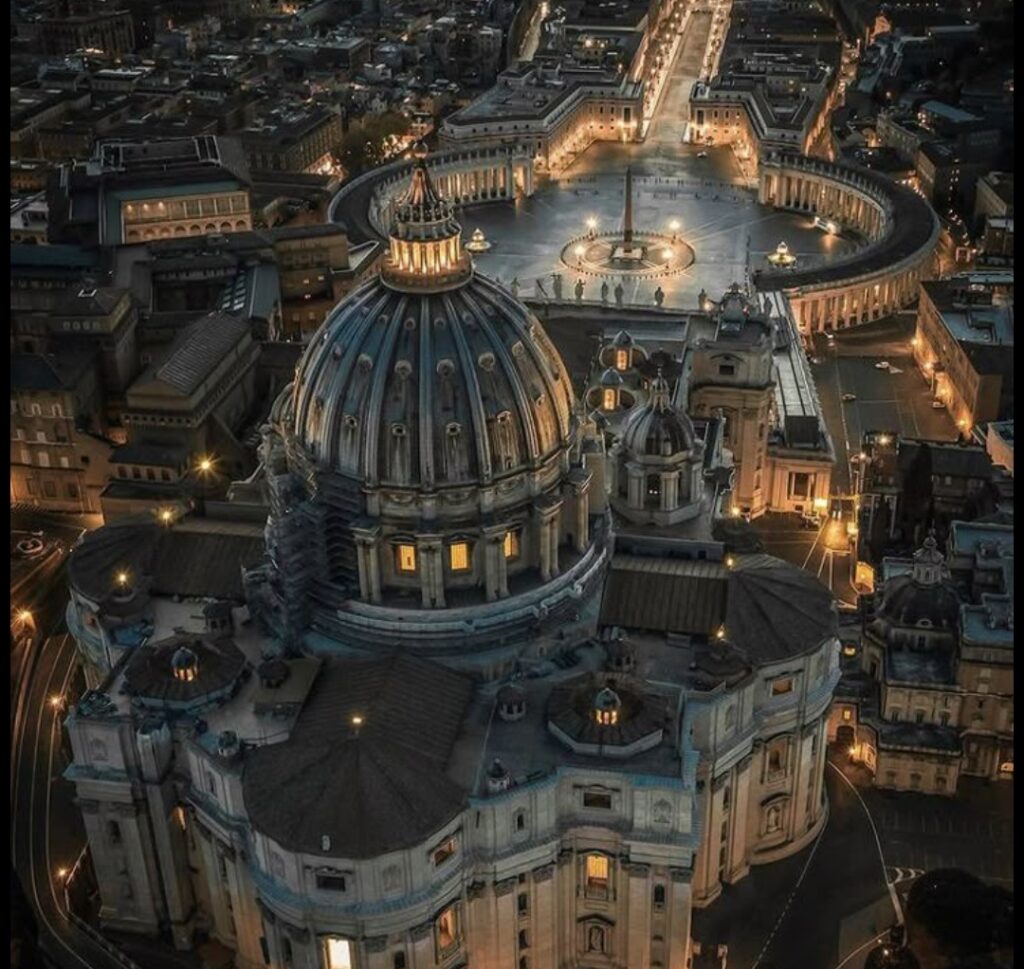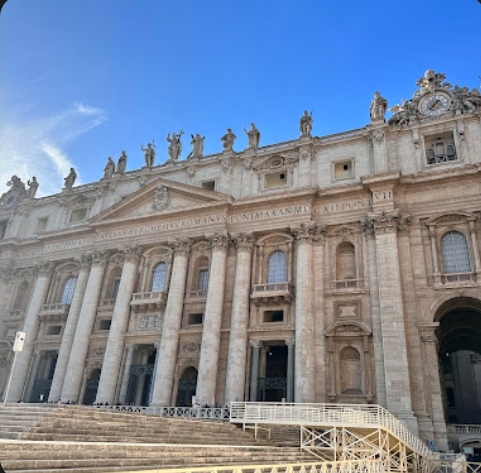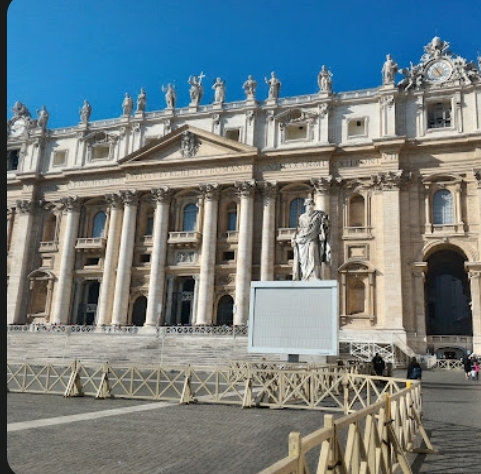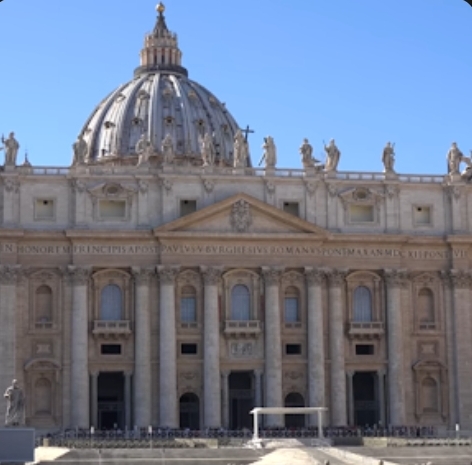Which city is called the seat of the catholic church?

The city called the seat of the Catholic Church is Vatican City. It is an independent city state enclaved within Rome and serves as the headquarters of the Roman Catholic Church. Vatican City is the residence of the Pope, who is the bishop of Rome and the leader of the worldwide Catholic Church. It houses major religious and administrative centers such as St. Peter’s Basilica, the Apostolic Palace, and the Vatican Museums, making it the spiritual and administrative heart of Catholicism.
Why is Vatican city known as the seat of the catholic church?

Vatican City is known as the seat of the Catholic Church primarily because it is the location of the spiritual and administrative center of the Church. This originates from the belief that St. Peter, one of Jesus’ apostles and considered the first Pope, was martyred and buried on Vatican Hill. Around the 4th century, Emperor Constantine built the original St. Peter’s Basilica over St. Peter’s tomb, establishing the area as the spiritual heart of Christianity.
Over centuries, Vatican City evolved to become the permanent residence of the Popes and the headquarters of the Church’s governance, including iconic sites like St. Peter’s Basilica, the Apostolic Palace, and the Sistine Chapel.
The Lateran Pacts of 1929 formalized Vatican City as an independent city-state under papal sovereignty, further cementing its role as the central seat of the Catholic Church worldwide.
This long history of religious significance, the presence of the Pope, and its role as the Church’s administrative hub solidify why Vatican City is called the seat of the Catholic Church
Top places to visit in Vatican city
1. Vatican museums

Explore extensive galleries with classical and Renaissance masterpieces, including ancient sculptures and the renowned collection leading to the Sistine Chapel.
2. Sistine chapel

Visit the iconic chapel famous for Michelangelo’s painted ceiling and frescoes, key highlights being ‘The Creation of Adam’ and ‘The Last Judgement.’
3. Gardens of Vatican city

Stroll through tranquil green spaces with Renaissance and Baroque fountains and sculptures, open only by guided tour.
4. Vatican Necropolis

Take a guided tour of the ancient underground burial site beneath St. Peter’s Basilica, believed to hold St. Peter’s tomb.
5. Chiaramonti museum

Admire long galleries lined with classical sculptures, Roman busts, and ancient friezes.
6. Saint Peter’s Basilica

Tour one of the largest churches in the world, renowned for its awe-inspiring dome, Michelangelo’s Pietà, and the high altar beneath which St. Peter is believed to rest.
Best time to visit Vatican museums to avoid lines
The best time to visit the Vatican Museums to avoid long lines is early in the morning right at opening time (around 8 AM), or late in the afternoon before closing.
Weekdays, especially Tuesday through Friday, tend to have smaller crowds compared to weekends and Wednesdays, when the Papal Audience draws large crowds to St. Peter’s Square, indirectly affecting museum crowds.
Booking tickets online in advance is essential to skip the long ticket purchase lines, though security checks still apply.
Visiting outside peak tourist seasons, such as late fall or winter (excluding Christmas and Easter periods), also helps reduce waiting times. Guided or VIP tours with early access offer the smoothest experience but come at a higher cost. Avoid weekends and public holidays for the quietest visits